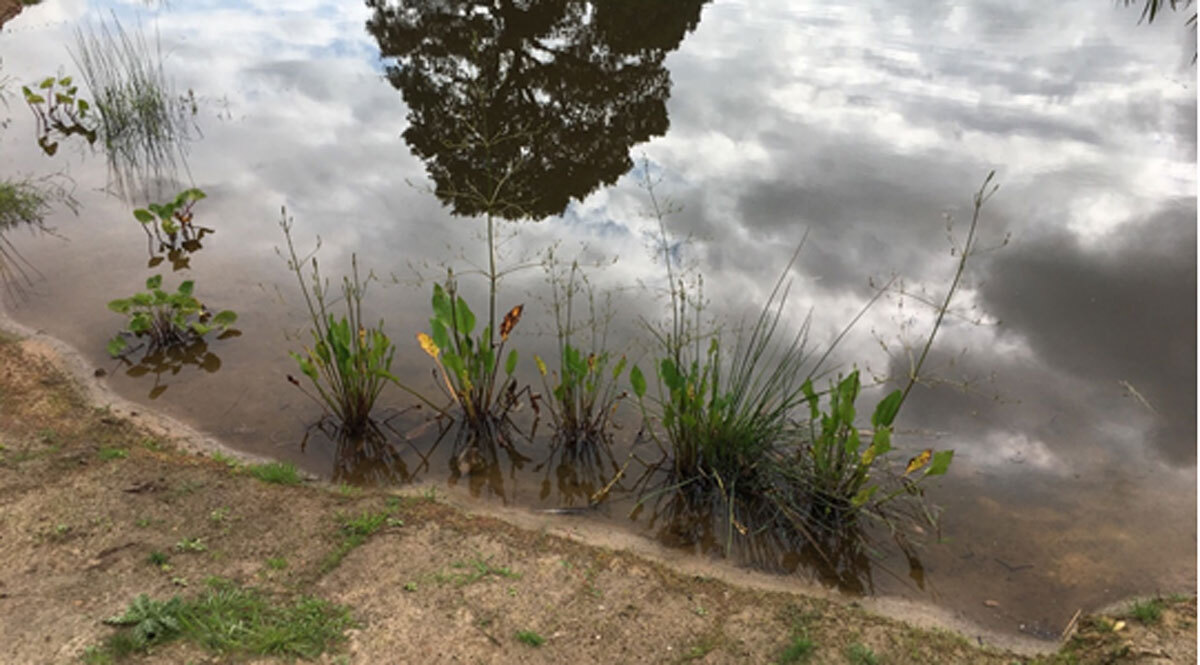Ponds created by the GRAHAM Civil Engineering team as part of the construction of the Congleton Link Road have become a haven for a European Protected Species.
Great Crested Newts have hatched in these new ponds with evidence of larvae alive also.
The animals and their eggs, breeding sites and rested places are protected by law and can grow up to 17cm and generally live between 6 to 15 years.
Alastair Lewis, Contracts Manager for GRAHAM, said:
“It really is excellent news that we’re seeing Great Crested Newts hatching in the new ponds we’ve created. Arcadis Ecologists caught 71 under Natural England licence and re-located them to the new ponds. Tapes with eggs on have hatched in the ponds and there is evidence of larvae alive in the ponds. This just proves that what we’ve created really is benefiting the Great Crested Newt population.
Alistair added:
“It also shows the importance of working hard to add to the biodiversity in the areas we work and hopefully thanks to the creation of the new ponds, the Great Crested Newts will continue to thrive in their new homes.”
With commitment to environmental sustainability on the Congleton Link Road scheme, GRAHAM spent several months working hard with archaeological works, fence erection, site clearance, hedge translocation and ecology works ahead of the start of the on-ground works earlier this summer.
Once complete, in late 2020, the £90m Congleton Link Road has the potential to create 3,000 jobs, 2,400 new homes and 20 hectares of new employment land to attract new businesses. It’s expected to deliver £13m into the local economy.
Alastair said:
“The work is going well so far. The Congleton Link Road is a major project for the area which involves the construction of a much-needed 5.5km bypass, which will help deliver economic and social regeneration of the town of Congleton.
“It will involve a big change to the landscape and, to mitigate the impact, the council is planting over 10 hectares of woodland and shrubs including 381 new trees, 16km of hedgerows, 33 hectares of new grassland and creating six new ecological ponds.”
GRAHAM is passionate about managing ecological issues on all its projects and playing its role in reducing carbon emissions and operating in an environmentally sustainable manner.
Alastair commented:
“We look to make the most efficient use of energy, reducing waste, recycling materials; using materials from sustainable sources; keeping pollutants, noise and dust to a minimum.
“The biodiversity of the areas we work in are also very important to us. As part of our multi-million-pound port terminal Tilbury 2 work, we’ve created new waterways which have become a haven for wildlife with badgers, water voles, dragon flies, butterflies and bees all making the area their home.”


